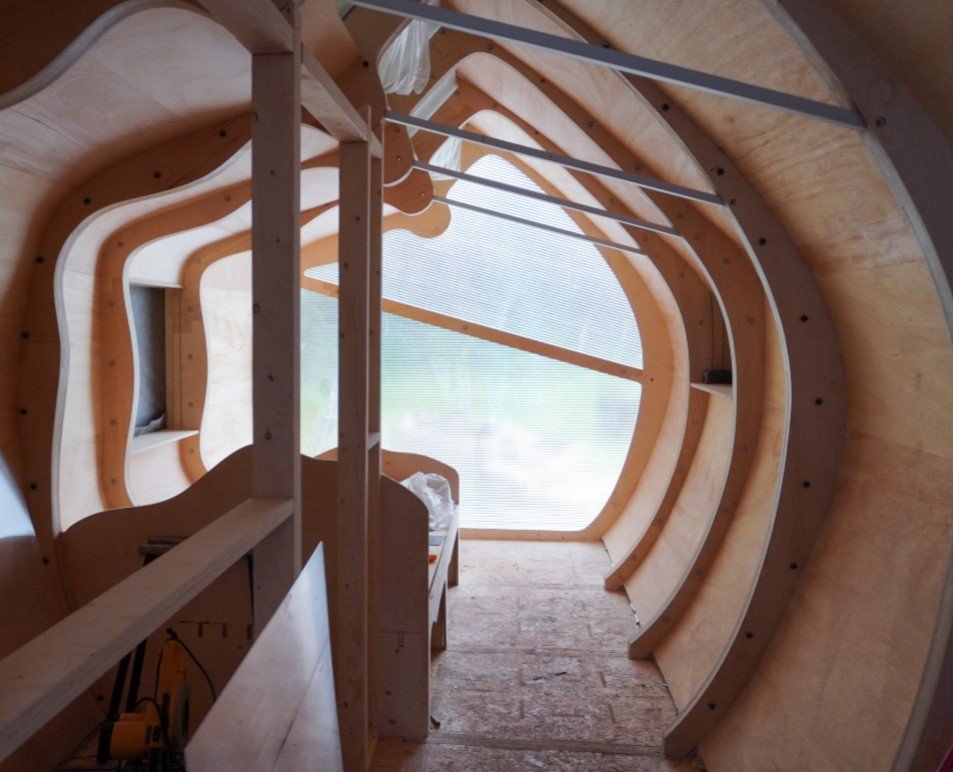Bespoke Holiday Lets: Traditional Construction and Modern Methods
We help Maximize Your Rental Income with Eco-homes and Luxury Holiday Homes, provided by RIBA Chartered Architects.
Timber-Framed Holiday Lets - Traditional Construction and Modern Methods
Prefabrication in construction, once criticized for aesthetic compromises and material quality, originated from post-World War II demand for rapid housing solutions. Early prefab structures were often dismissed for their uniformity and lack of inspiration, casting a shadow of scepticism on prefabricated architecture that persists to this day.
Yet, we're now witnessing a revival in timber-framed luxury holiday lets, demanding a fresh look at their potential. This article looks into the use of Modern Methods of Construction (MMC) with the revered art of traditional craftsmanship. Thanks to precise modern manufacturing, this fusion addresses aesthetic concerns and champions sustainability, cost-effectiveness, and environmentally responsible design. Digital design tools, such as Building Information Modeling (BIM), empower architects to craft bespoke solutions that respect traditional forms while embracing contemporary advancements.
DfMA model for Monocoque Cabin
The Dialogue to MMC in Building Luxury Holiday Lets
Luxury Holiday lets can greatly benefit from MMC - it offers quality assurance along with a speed in construction that is non-destructive to the sites it operates around. Moreover, the integration of both MMC alongside traditional craftsmanship allows for something to be created that is both bespoke and beautiful.
Embracing Efficiency and Sustainability Through DfMA
Adopting Design for Manufacture and Assembly (DfMA) principles marks a crucial evolution towards more efficient, sustainable architectural projects. DfMA encourages a collaborative, waste-minimizing approach from design inception, enhancing project predictability. It aligns with a sustainable ethos, pushing prefab architecture's capabilities while ensuring adaptability and durability.
Markos Design Workshops Opinion on MMC in Luxury Holiday Lets
It’s worth thinking about how your luxury Holiday Home is set apart from those on the market - what is the “moat” behind the business? In our view, this should be something that is integrated and considered in several dimensions - one of them of course being how the property is constructed.
If you are considering a holiday let that utilises natural materials, traditional craftsmanship and modern methods of construction - then why not book a call aby clicking the link below or sending me a direct email to discuss your aspirations?
peter@markosdesignworkhop.com
A cross between traditional crafts and MMC off-site fabrication
If you are considering the use of modern methods of construction in a project then feel free to schedule a complementary call by clicking the link below.




